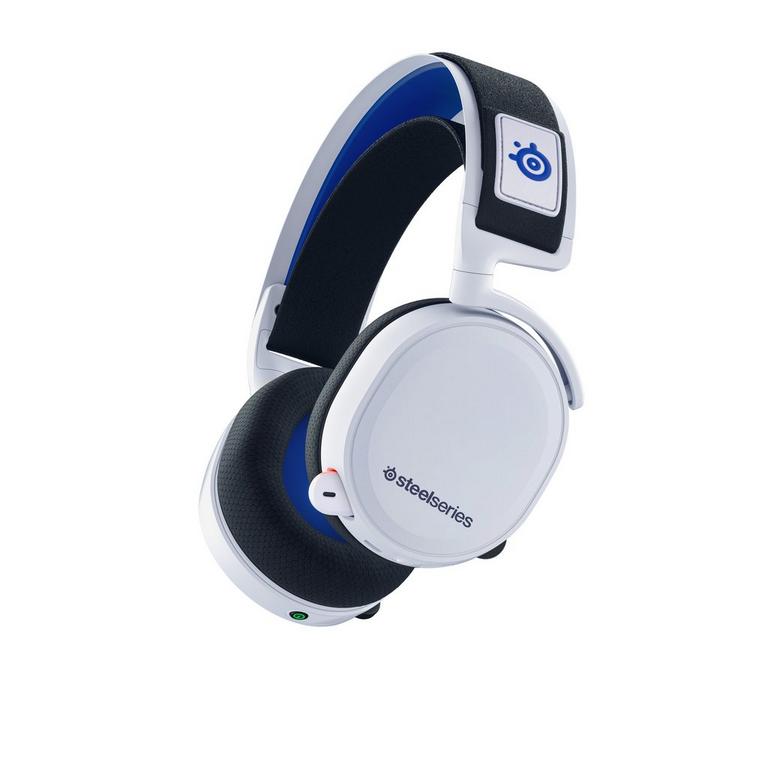Nintendo Switch Mario Red and Blue Edition | Nintendo Switch
Features a bold red design on the Nintendo Switch console, Joy-Con™ controllers, and the Nintendo Switch Dock. A solid blue design is featured on both the Joy-Con grip and Joy-Con wrist straps.
This Nintendo Switch™ system takes inspiration from Mario, with a bold red design on the Nintendo Switch console, Joy-Con™ controllers, and the Nintendo Switch Dock.
A solid blue design is featured on both the Joy-Con grip and Joy-Con wrist straps. As a bonus, this Nintendo Switch bundle includes a Mario Red & Blue Edition carrying case adorned with Super Mario iconography as well as a screen protector to keep your Nintendo Switch system secure.
Model number: HAC-001(-01) (product serial number begins with “XKW”)
This model includes battery life of approximately 4.5 – 9 hours*.
*The battery life will depend on the games you play. For instance, the battery will last approximately 5.5 hours for The Legend of Zelda: Breath of the Wild.





Reviews
There are no reviews yet.